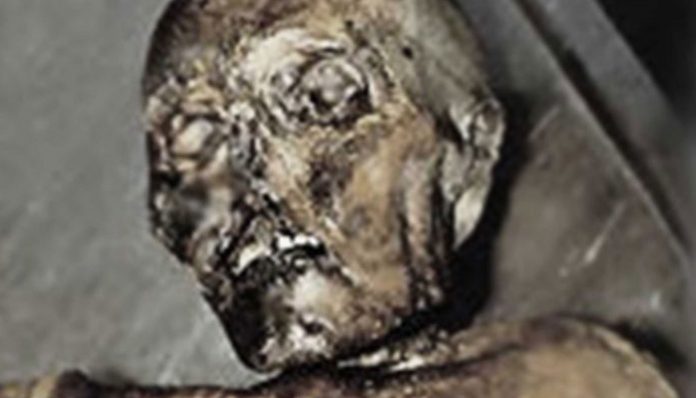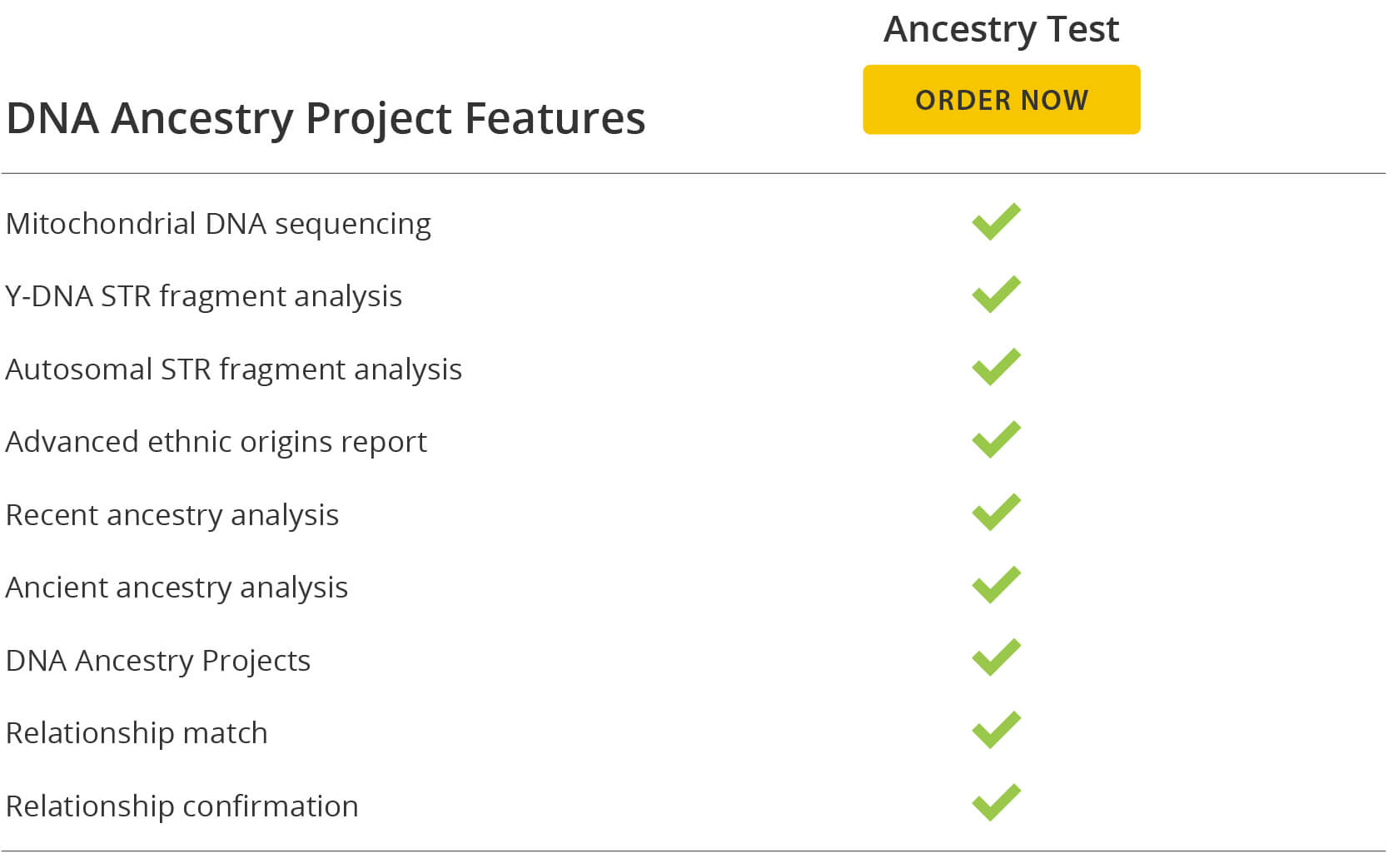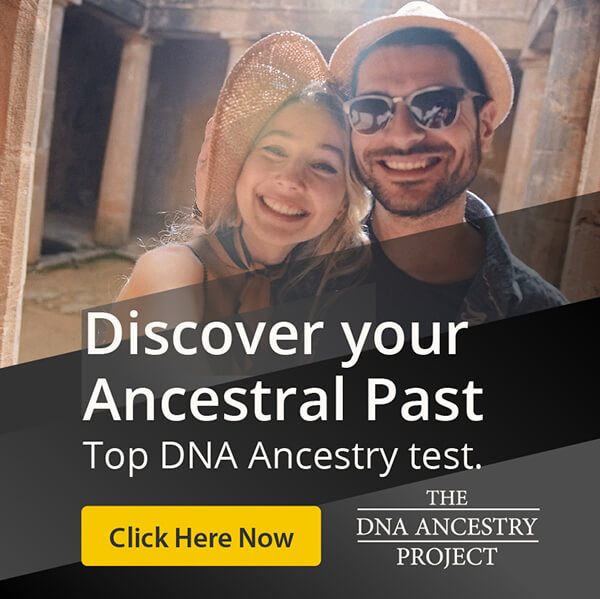In 1991, the remains of a human mummy were discovered in a glacier near the Austro-Italian border. The spontaneous freeze-drying process had kept the body, clothing and equipment in an incredible state of preservation, despite being over 5000 years old (corresponding to the Late Neolithic or the Copper Age). Scientific studies have shown the remains to belong to a male of approximately 46 years old who was severely wounded by an arrow and killed by a mace blow to the face. This mummy has become known as the Tyrolean Iceman or Ötzi the Iceman.
Is Ötzi the Iceman related to modern European populations?
Ötzi the Iceman is Europe’s oldest known natural mummy and researchers wanted to know how modern Europeans related to this ancient human. Initially, only select regions of maternally inherited mitochondrial DNA could be analyzed. However, improved technologies have now allowed scientists to sequence the entire mitochondrial and nuclear genomes.
Genetic analyses of the remains
The first genetic analyses of Ötzi focused on the mitochondrial genome. Mitochondrial DNA (mtDNA) has a high copy number (hundreds of copies per cell), rapid evolution rate and strict maternal inheritance, making this DNA type the most suitable and informative for the analysis of ancient human remains. There are three regions of the mtDNA that can be analyzed – HVR1, HVR2 and the coding region.
The original genetic investigation in 1994 was able to determine the sequence of the HVR1 region of mtDNA from soft-tissue and bone samples collected from the mummy. In 2000, the mummy was completely defrosted for the first time and samples were collected from the intestine to use for animal- and plant-DNA investigations. These intestinal analyses determined that Ötzi’s last two meals were chamois and red deer, along with bread, roots and fruits. Further mtDNA analyses were also conducted at this point, but the entire mtDNA sequence (HVR1, HVR2 + coding region) was not obtained until 2008, with the development of high-throughput sequencing technologies. Sequencing of the entire mtDNA genome enabled researchers to determine that Ötzi belonged to the subclade K1. However, his mtDNA sequence differs from all known branches (K1a, K1b and K1c) within this subclade.
In 2012, researchers published the full nuclear genome sequence of Ötzi. The nuclear genome includes the paternally inherited Y-chromosome DNA. Y-DNA analysis determined that Ötzi belonged the Y-chromosome haplogroup G in the subclade G2a2b (previously called G2a4). This subclade is now mostly found in South Corsica. Autosomal DNA analyses supported this close relationship to southern Europeans, especially in the geographically isolated populations of Corsica and Sardinia.
Autosomal analyses also identified a few other interesting characteristics of Ötzi. These include that he had brown eyes, belonged to blood group O, had lactose intolerance and an increased risk of coronary heart disease. Detection of the bacterial DNA of Borrelia burgdorferi also indicated that Ötzi may have been the earliest known human to have suffered from Lyme disease.
Conclusions
Genetic analyses of Ötzi the Iceman determined that this ancient mummy does not fit into any known mitochondrial subclades from modern European populations. This indicates that the maternal line from this ancient population may have died out a long time ago.
However, he does share a similar Y-DNA profile to southern Europeans, particularly from Corsica and Sardinia in the Tyrrhenian Sea. This indicates that there was relatively recent common ancestry between inhabitants of the islands of the Tyrrhenian Sea and the European Alpine. It is possible that the genetic profile of Ötzi was once widespread throughout Europe, before it became restricted to just the isolated populations in the Tyrrhenian Sea.
DNA Database Comparisons







